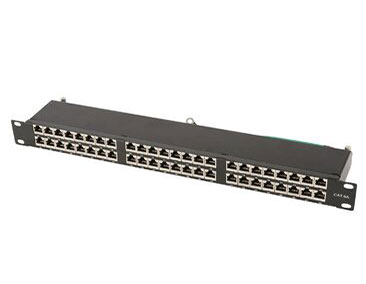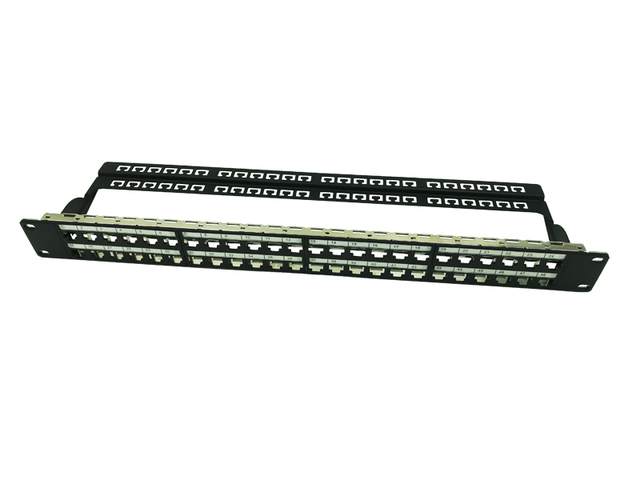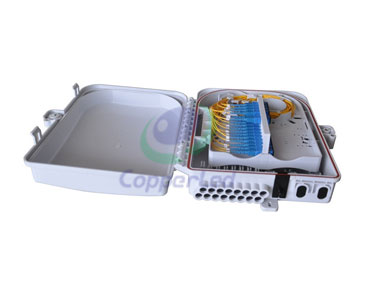
The idea of fiber optic system design: The designer can choose the most effective and cost-effective way to transmit optical signals. To do this, the designer must understand the requirements and losses of the various components in the system. In addition, to design fiber optic system design, the designer must consider the following aspects as well:
1) Is the fiber optic system to transmit video, audio, data, or a combination of these signals?
2) Are these signals one-way or two-way?
3) How far is the signal transmission distance?
4) How much is the optical loss budget of the fiber optic system?
5) What is the result of comparing the sum of optical loss in the system with the maximum optical attenuation value allowed by the optical transceiver?
The optical loss value or total attenuation value is the sum of the losses of each individual component between the receiver and transmitter. The main causes of optical loss are:
1) Optical fiber loss per kilometer;
2) The loss of fiber coupler;
3) The loss of the connector;
4) The loss of the interface;
When calculating these losses, it is impossible to be very accurate, Copperled will give the standard range and formulate the tolerance for the following contents, such as fiber connector types, the service life and state of the light source emitter, and environmental factors including temperature changes.
Generally, optical transceivers are marked with the maximum attenuation index (or transmitting power and receiving sensitivity), the higher the number (expressed in dB), the longer the distance of the system can work. It is the maximum optical signal attenuation value that the system can tolerate and work normally. The loss of the entire line, that is, the link loss, can be determined as follows:
1) Use optical instruments (such as optical power meters) to measure loss;
2) After actually estimating the loss of each fiber optic system component, the following factors should be considered, and each factor has its related loss value: connector, joint type, fiber type, fiber optic patch cord/distribution board, optical margin and so on.
With the continuous advancement of manufacturing technology and processes, the loss value is also decreasing day by day, therefore, when estimating the transmission distance, in addition to considering the above mentioned factors according to the loss standard, it is necessary to refer to the actual parameters of the trademarks of various component manufacturers. Adding the optical loss caused by these factors, if the total number is less than the maximum attenuation value marked by the optical transceiver, the normal operation of the system can be guaranteed. And this can usually be used as a reference standard for the success of a fiber optic system design.
If you have any interests of fiber patch cord, welecome to contact Copperled Technology Co.,Ltd. (Tel: 0755-27896171)


